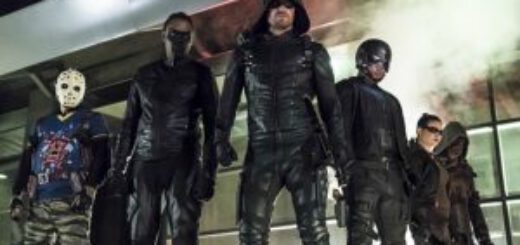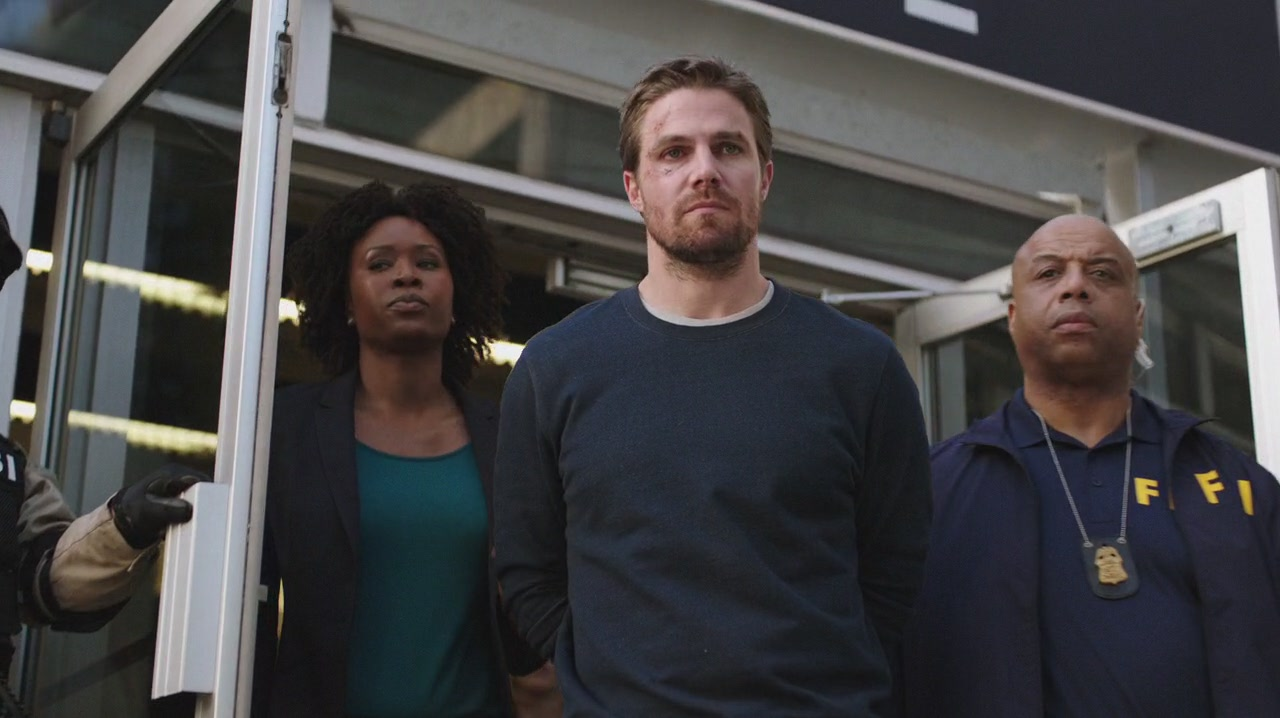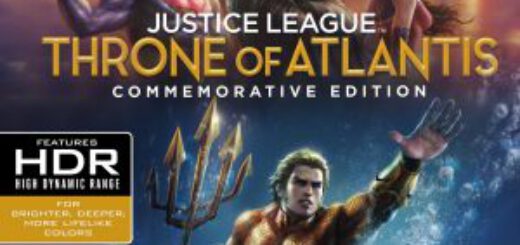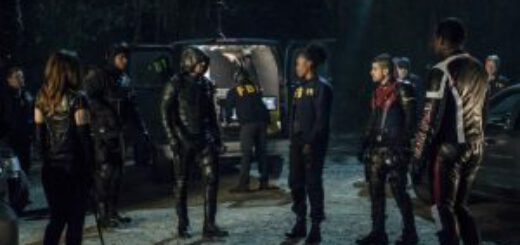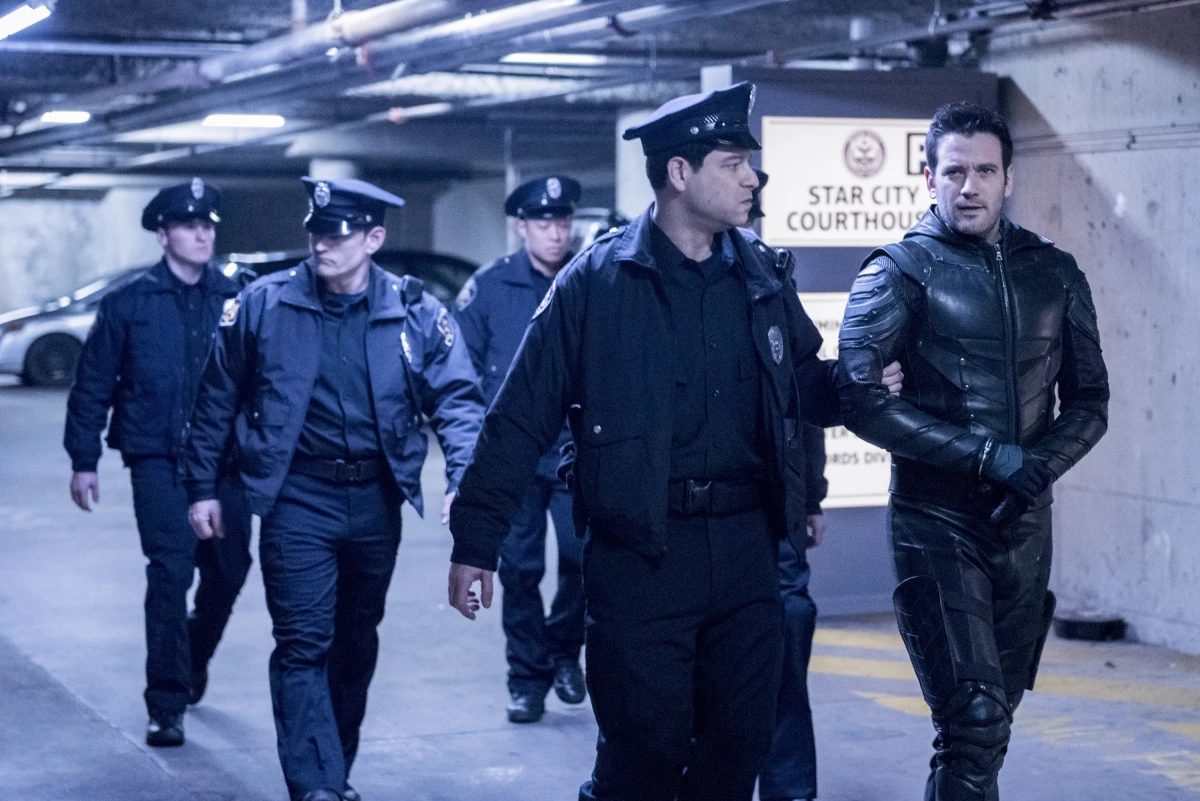REVIEW: Gotham the Complete Fourth Season
 People who have stuck with Gotham since its inception will admit it is over-the-top, over-packed, and incredibly messy but they can’t stop watching. Thankfully, an increasing number of people have gotten wise to the nonsense and the ratings dictated that the forthcoming short season five will be its last.
People who have stuck with Gotham since its inception will admit it is over-the-top, over-packed, and incredibly messy but they can’t stop watching. Thankfully, an increasing number of people have gotten wise to the nonsense and the ratings dictated that the forthcoming short season five will be its last.
Gotham the Complete Fourth Season, out Tuesday from Warner Home Entertainment, presents all 22 episodes on four Blu-ray discs and you can see for yourself the chaos that masquerades as a prequel to Bruce Wayne becoming Batman (an act we’re promised we’ll prematurely see in 2019 when the series returns).
From the outset, the villains have always been outsized personalities, with grand schemes, unable to spread their criminal behavior to neighboring cities. Something roots them to Gotham even though none never clearly win. They would rather fight with or betray one another, each with some ambitious plan that seems to smack up against someone else’s plan.
Then you have the civilians with the women a collection of off-kilter kooks and the men relatively flat and uninteresting. The titular focal point, Jim Gordon (Ben McKenzie) spends the season regaining his moral center, setting him and Bruce (David Mazouz) as Gotham’s savior as it descends into No Man’s Land. While producers Bruno Heller and Danny Cannon will tell you, the season was loosely following the Batman Year One and Batman: The Long Halloween storylines, you’d be hard pressed to see how.
I suppose the whole Sofia Falcone (Crystal Reed) power play can be traced to the latter event, but in name only. Her scheme to rule Gotham with Barbara Kean (Erin Richards), Tabitha Jessica Lucas), and Selina (Carmen Bicondova) pits her against the Penguin (Robin Lord Taylor) and his Iceberg Lounge, where he doles out permission to commit crimes like a lord. To fight back, he summons Sofia’s dad, Carmine (John Dorman) to handle his scion only to lose his life.
Once the pieces are in place after the first half season, we then move things into high gear, tearing the city further apart, creating the finale as Gotham is cut off from America and everyone carves up the streets into fiefdoms. Behind the scenes, the would-be-Joker Jerome (Cameron Monaghan) casts a cackling shadow. His shooting of Selina at the end echoes Killing Joke and takes her off the board for now.
As the chaos descends. Bruce is in a teenage funk, an emo-boy as opposed to a vigilante in training, refusing help from Alfred (Sean Pertwee). Thankfully, he has enough sense also to not kill Ra’s al Ghul (Alexander Siddig), who sees something in the kid none of us do.
Thankfully, the city is large enough so there’s plenty of scenery for every actor to chew. They all get choice moments and good lines now and then, but everything is moving at such a fast clip, you’re riveted to the screen so you don’t miss a twist. And I suppose that’s the mad genius behind this wreck of a series.
The high definition transfer to 16×9 1:78:1 audio with DTS-HD Master Audio are fine for watching the madness on any screen.
The special features are scattered across the four discs starting with deleted scenes for four episodes on the first disc; and one deleted scene on the second disc; and no deleted scenes on the third disc. Disc four, though, has no deleted scenes but you have Solomon Grundy: Born on a Monday, The Sirens Take Gotham, and The Best of DC TV’s Comic-Con Panels San Diego 2017 (58:25).



